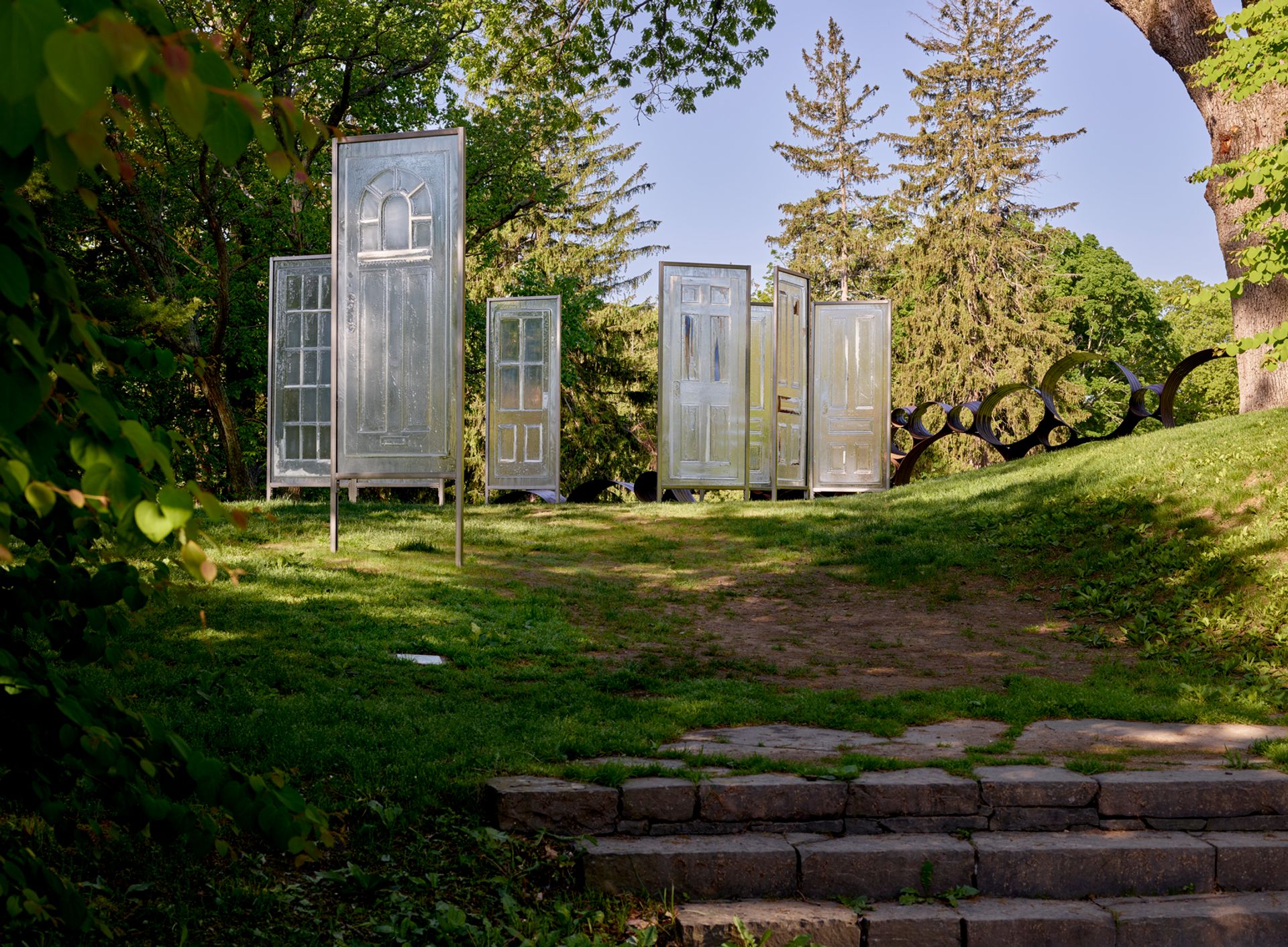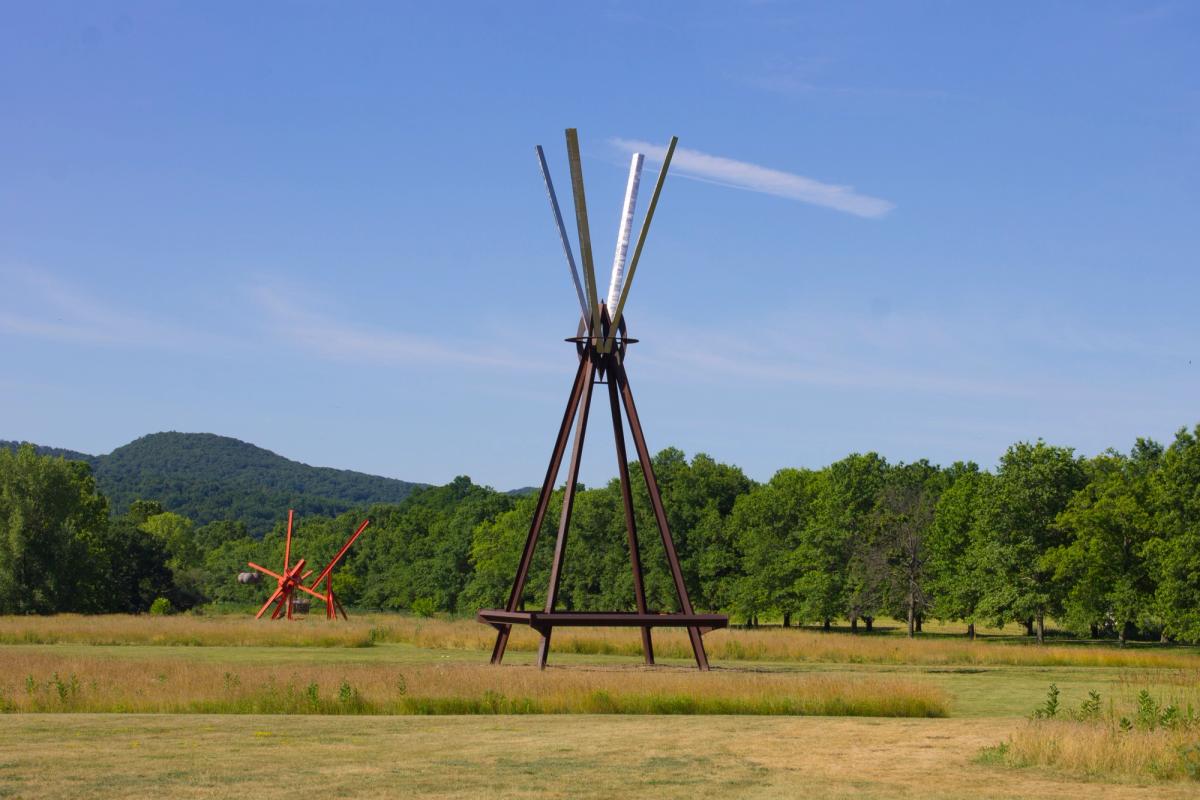Sculpture parks may seem like ideal destinations to experience art in the era of social distancing, given their ample acreage. But outdoor art centres in states eligible to re-open their art and recreation industries are facing the implementation of strict guidelines on visitors. Sculpture parks in states still struggling to meet health guidelines are facing either significant modifications to their seasonal programmes or looming doubts on whether the 2020 season will even happen.
Storm King Art Center in the Hudson Valley region of New York—an area which has not met the state’s criteria for a phased re-opening following more than two months of coronavirus (Covid-19) lockdown—was scheduled to inaugurate its 60th anniversary season in April. But it is unclear on when it will be allowed to open and has cancelled all public programmes and events until 30 June, including its venerable Summer Solstice celebration. “We are continuing to monitor the health situation to determine what will be possible in the late summer and fall,” says the president of the centre, John Stern.
When Storm King is finally allowed to open, it will focus on “an outdoor-only experience, limiting visiting numbers, distributing pre-purchased timed ticketing to allow for contactless check-in and limiting on-site visitor services”, according to Stern. When possible, there will be exhibitions by Kiki Smith and Martha Tuttle and loan presentations of Louise Bourgeois, and Mark di Suvero.
In Louisiana, which was a hotspot for the virus in March, the New Orleans Museum of Art’s Sydney and Walda Besthoff Sculpture Garden will introduce more stringent measures. The sculpture park, due to open 1 June, will operate at 25% capacity and will not allow social gatherings—a measure that will be monitored by attendants on-site. The park should be “visited alone or with those from your household,” according to a statement by the museum. Additionally, there will be special hours for senior citizens and immuno-compromised individuals, and face masks, which are required to be worn, will be available for purchase.
Until 31 December, frontline workers will be able to waive the park’s new $5 admission fee—a cost only recently introduced due to the “significant revenue loss the museum has suffered due to the Covid-19 crisis”, says the museum's director, Susan Taylor.

Saul Melman, Best Of All Possible Worlds (2018) at the deCordova Sculpture Park and Museum in Lincoln, Massachusetts. Photo by Clements Photography and Design, Boston; courtesy of the artist.
Sculpture parks that have already re-opened will enforce various pedantic but necessary measures, including requesting that visitors “please not touch anything—including sculptures—as we cannot guarantee that these surfaces have not been touched by others”, the Laumeier Sculpture Park in St. Louis, Missouri, writes in a statement. The park, which opened this month, has turned off water fountains and indoor facilities, and also requests that visitors follow signage concerning one-way traffic on trails to ensure six-feet of distance from others. The Minneapolis Sculpture Garden at the Walker Art Center is similarly requesting that visitors “do not touch interactive sculptures at this time”.
The deCordova Sculpture Park and Museum in Lincoln, Massachusetts, reopened this week with similar measures. The park is operating at a 50% capacity with six feet of social distancing encouraged, and will obligate visitors to purchase a ticket and time slot in advance of their arrival to avoid in-person transactions and to ensure that the park can do contact-tracing in case of another outbreak.
Some sculptures have also been adjusted, according to the artistic director of the park, John Ravenal. Dan Graham’s 2009 installation Crazy Spheroid - Two Entrances, a glass and stainless steel pavilion, will have signage requesting that visitors do not enter the work when others are present; Andy Goldsworth’s immersive 2019 work Watershed will operate with a one-way visitor path; and the park has removed the sticks that visitors use to activate sounds in Paul Matisse’s kinetic 1980 work The Musical Fence—an installation, like so many others, that only becomes whole with human interaction.
In the meantime, outdoor art centres not able to welcome visitors are boosting their digital offerings. This week, Storm King launched an online exhibition containing more than 200 archival images and documents to commemorate six decades since the founding of the art centre, and has additionally made available a series of digital content, like learning activities and archival exhibitions, with its Storm King at Home initiative.
Tippet Rise in Fishtail, Montana—which has officially cancelled its 2020 season of classical concerts, tours and other programmes even though the state will enter phase two of its re-opening plan on 1 June—will strive to bring the experience online, since “many of us turn to music, art, and nature for sustenance during difficult times”, say the founders of the centre, Peter and Cathy Halstead. Its digital summer programme includes a monthly podcast with artists like Francis Kéré, poetry readings by Mark di Suvero and a series of recorded performances.


